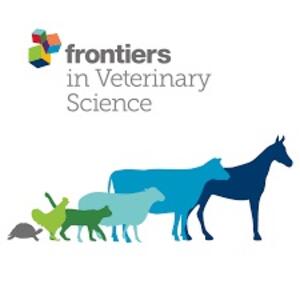
Modular process risk models for better management of Cryptosporidium parvum - An emerging zoonotic pathogen
Abstract
Cryptosporidium parvum is an emerging disease which is of particular concern because of its ability to contaminate milk, food-crops and water sources; to persist in the environment; to survive water treatment including chlorination; and to cause serious and sometimes fatal disease in children and the immuno-compromised. Understanding of disease epidemiology is rapidly advancing but uncertainties remain especially concerning the relative importance of zoonotic and anthroponotic transmission. A study is being carried out in Dagoretti in Nairobi to evaluate the contribution of urban dairying to disease burden and some preliminary results related to the risk analysis component are reported in this paper. The study is being carried in a population of around 1,000 urban cattle-keepers and their neighbours, with data collected at cow, farm, household and environmental levels. This paper details the construction, analysis and interpretation of process diagrams in order to show spatial and temporal linkages between pathogen, reservoir host, environment and populations. We show how by incorporating and modelling pathogen survival information, process diagrams allow greater understanding of the risk of disease and better targeting of interventions to successfully manage Cryptosporidium parvum in urban Kenya.
Citation
Grace, D., Randolph, T.F., Karanja, N. and Kang’ethe, E. 2008. Modular process risk models for better management of Cryptosporidium parvum - An emerging zoonotic pathogen. Bulletin of Animal Health and Production in Africa 56(1): 13-18.










